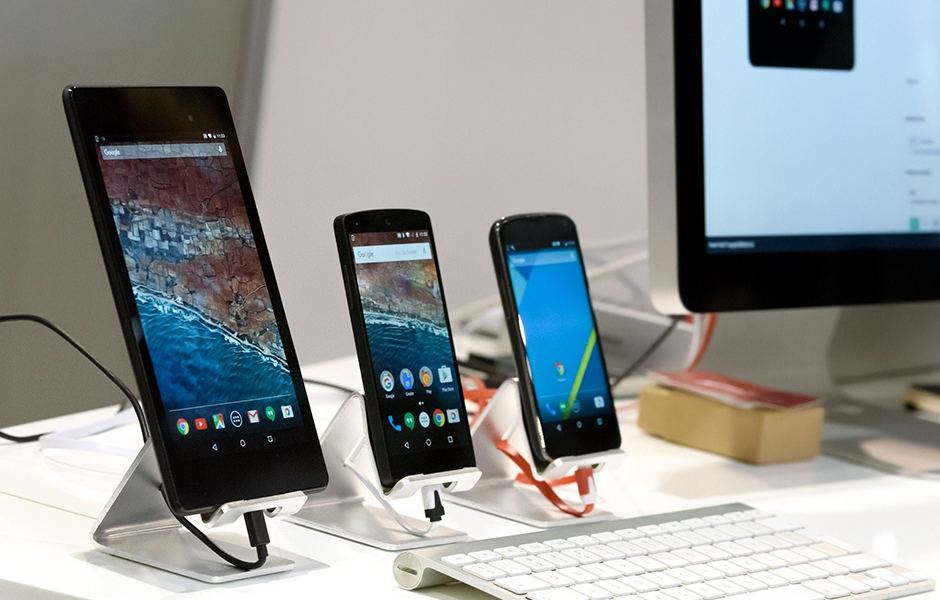Telesimulation could be an effective alternative for training students and health professionals in emergency settings during and after the COVID-19 pandemic.
Carla Sá Couto and Abel Nicolau, from CINTESIS – Center for Health Technology and Services Research and the Biomedical Simulation Center, Faculty of Medicine, University of Porto (CBS- FMUP), belief that distance simulation has “a high potential for use in post-confinement”.
As they state in the online journal MedEdPublish, it is possible to “combine a series of innovative strategies and online resources to remotely recreate emergency simulation scenarios, benefiting from the new online platforms, many of which are entirely free”.
In this sense, they created a “recipe”, which can be consulted online and used “to taste” by instructors/professors and simulation technicians. The researchers indicate all the necessary “ingredients” and explain “how to serve”, which may increasingly be “the dish of the day”.
“The novelty is the use of telesimulation, without resorting to traditional simulators, requiring only common computer equipment (computers, tablets or mobile phones) and a creative combination of free software. This recipe allows a quick implementation without too many pieces of equipment required”, they explain.
For now, the researchers have recreated three emergency scenarios: hemorrhagic shock, anaphylactic shock, and opioid poisoning. However, they say, “imagination is the limit”.
According to the authors, telesimulation in the health field is not new. It has been used worldwide for around a decade as a strategy for implementing distance learning and it has received increasing attention in recent years which has increased with COVID-19.
In the same way that they see it as an alternative to face-to-face classes at this stage, they understand that telesimulation may work, in the future, as a complement to the physical scenarios used so far in the area of medical education, including institutions and regions with limited resources.

